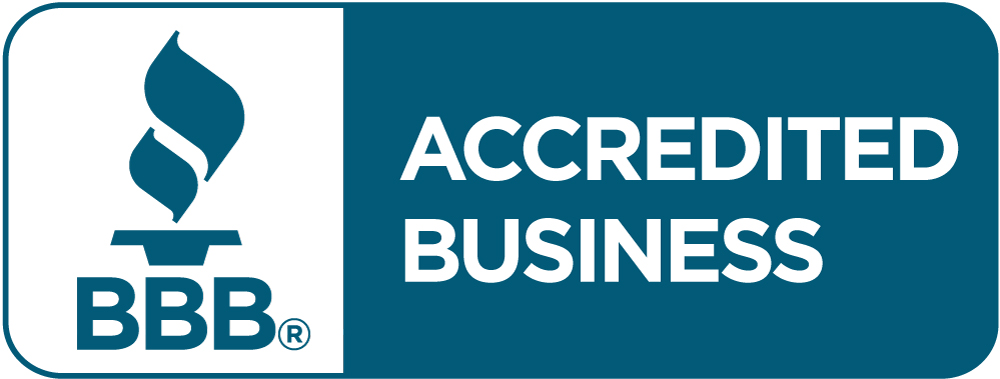Quick Links
Toggle
Whether you’re a brand-new startup or you’ve been in business for years, it’s important to have at least a few financial goals. Not only can a small business financial goal be a major motivator, but it can also change the way you think about both time and money.
Once you have a clear vision of where you want to go, you’ll be able to make daily decisions with your goal in mind. This can help you prioritize your spending, investments, and time management, so you can make sure the things you do today are taking you closer to where you want to be in the future.
1. Start with the Big Picture
Setting financial goals for small business often starts with a bit of dreaming. Before you get into the nitty-gritty, take some time to think about what you want your future to look like. While some business owners may dream of running multi-million-dollar operations, others will be happiest earning a modest living and having plenty of personal time.
Be careful not to set your business financial goals based on what you think you “should” want. Instead, decide what will make you truly happy, then set goals that will help you get there. When you face challenges or things don’t go as planned, reconnecting with this vision of the future will help you stay focused.
2. Set Short-Term and Long-Term Goals
Once you’re clear on your vision, set some short-term and long-term goals to help you get there. Long-term goals generally refer to things you want to accomplish in five to ten years or longer, while short-term goals should be achievable in two to five years–or even a few months.
Examples of financial goals for a small business might include things like paying off debt, building up your credit, purchasing a piece of equipment, or planning for your retirement. As you set your goals, use the S.M.A.R.T. methodology, making sure each goal you set is specific, measurable, attainable, realistic, and timely.
For example, instead of saying “I want to make more money,” your goal might be, “I want to make an additional $10,000 by the end of this year,” or “I want to increase sales by 15% this quarter.”
3. Create an Action Plan
It’s normal to feel overwhelmed by your goals. To ensure you continue making progress, take the time to break each goal down into small, attainable action steps.
Continuing with the example above, if your goal is to make an additional $10,000 by the end of the year, you may determine that creating a customer loyalty program is the next step toward making it happen. From there, you could outline smaller steps like researching providers, choosing a program, purchasing the supplies you need, and advertising and executing the program.
The final step in the process is to set deadlines for the completion of each step. Once that’s done, you’ll just need to follow your plan and you’ll be well on your way toward meeting your goal.
4. Document Your Progress
People who write down their goals are far more likely to achieve them. When you take the time to put it in writing, you’re holding yourself accountable. This will also help you resist the urge to lower your goals or push out dates when things get tough.
After you’ve documented your original goals, check in with yourself every month or quarter to make sure you’re still on track. As you hit milestones, be sure to document them as well. This will help keep you motivated and allow you to see how the daily decisions you make impact your progress.
5. Don’t Get Too Comfortable
Once you’ve reached a certain level of financial success, it’s easy to get complacent about setting financial goals. Even if you’re turning a profit, paying yourself a healthy salary, and maintaining strong business fundamentals, it’s important not to get too comfortable with the status quo. Every business should have ongoing financial goals based on where the company currently is and where the owners want to go.
If you need funding to achieve your small business financial goal, Zinch can help. Contact us at (714) 500-6622 to learn more about your options. You could qualify for up to $250,000 in just 24 hours.










